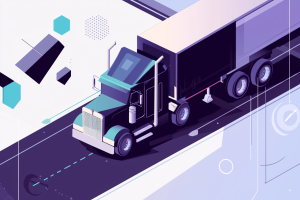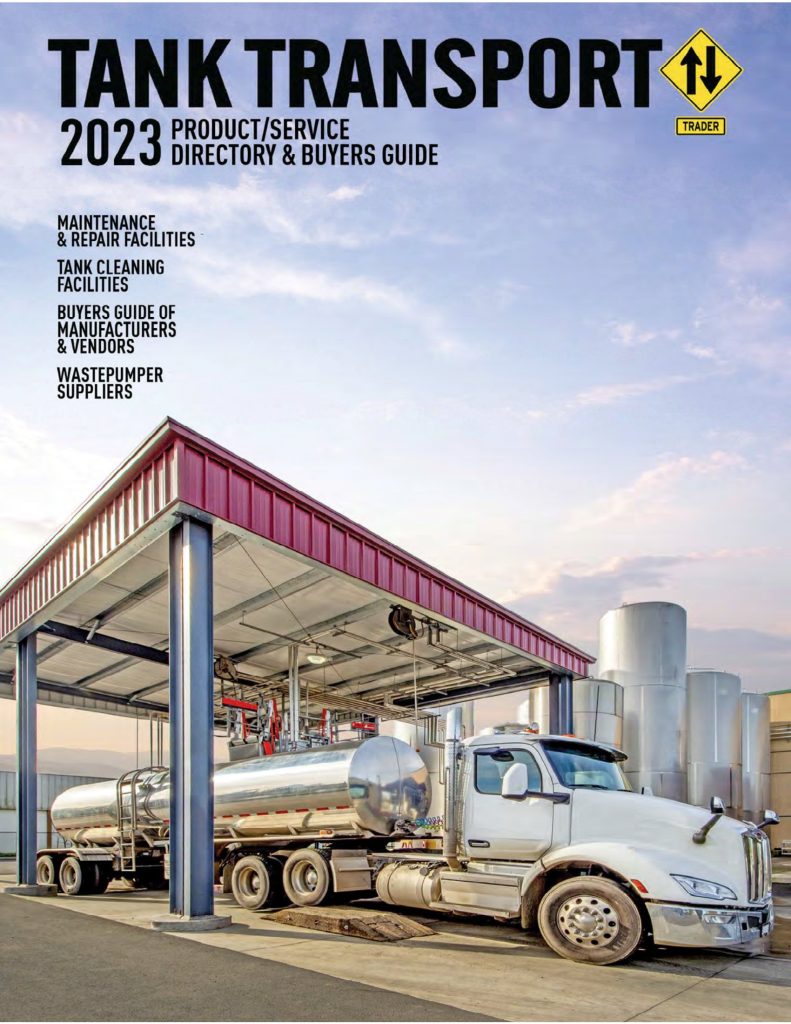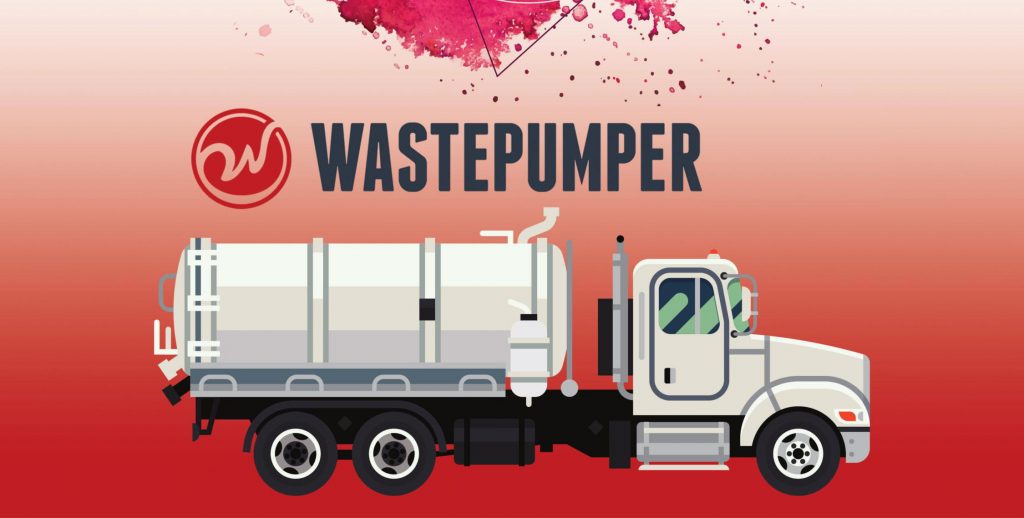- Major LTL Classification Updates are coming July 19—find out how density-based shipping will impact your freight costs.
- Discover how ClassIT-plus and API integration can streamline freight classification and reduce billing disputes.
- Shippers, carriers, and 3PLs must act now—learn key strategies to stay ahead of NMFTA’s new freight class system.

Efficiency, transparency, and fewer billing disputes are the long-term goals of and benefits from NMFC changes.
The LTL freight landscape is on the verge of a transformative shift, with a new classification framework set to reshape how goods are priced, shipped, and tracked. Effective July 19, these Major LTL Classification Updates will rely heavily on density-based shipping, promising more precise freight rates and fewer billing disputes. Whether you’re looking to integrate cutting-edge technologies like ClassIT-plus or simply refine your packaging strategies, it’s crucial to understand what these changes mean for shippers, carriers, and 3PLs.
From real-time API solutions that streamline freight classification to proactive measures that prevent reclassification fees, staying ahead of the NMFTA’s revised system can lead to long-term savings and operational efficiency. Below, we’ll explore the key components of these upcoming updates, offering insights into best practices, cost-avoidance tactics, and strategies to ensure your business remains competitive in a rapidly evolving marketplace.
For more news and updates on LTL, check out this page.
What Are LTL Classification Updates About?

The LTL Classification Updates mark a major evolution in freight pricing and logistics management.
The LTL Classification Updates represent a major shift in how freight is categorized, priced, and managed. The National Motor Freight Classification (NMFC) system is being overhauled to focus on density-based pricing, ensuring more accurate shipping rates.
Enjoying our insights?
Subscribe to our newsletter to keep up with the latest industry trends and developments.
Stay InformedFor additional insights into the challenges facing NMFC, explore this page.
These updates are designed to standardize freight classes, reduce disputes, and improve operational efficiency across shippers, carriers, and third-party logistics (3PL) providers.
For more resources on supporting shippers through these changes, check out this link.
A key component of this transition is ClassIT-plus, an updated digital classification platform with API access, which simplifies freight classification through automation and real-time data retrieval.
Industry Reactions and Key Concerns: Adapting to LTL Classification Updates

Density-based shipping ensures more transparent rates and fewer billing disputes.
While most LTL industry leaders agree the NMFTA’s shift to density-based shipping is necessary, many are preparing for short-term challenges before realizing long-term efficiencies.
Carrier Perspectives: Preparing for Pricing and Training Adjustments
Mark Davis, VP of Pricing at Averitt Express:
“We expect this transition to reduce disputes over freight classes, but it requires significant training for our team and communication with customers to ensure proper implementation.”
XPO Logistics:
“We’re integrating ClassIT-plus API into our TMS to automate the freight classification process. This will help our teams and customers classify shipments accurately without manual intervention.”
For more on how motor carriers are adapting to these freight changes, visit this page.
Shipper Concerns: Avoiding Unexpected Cost Increases
Cargill Logistics Team:
“We support the move toward density-based shipping, but it’s critical that shippers capture accurate weight and dimension data upfront. Incorrect measurements could result in higher costs and classification disputes.”
Freight Audit & Billing Company SMC³:
“We advise shippers to invest in dimensioning equipment and TMS integrations that auto-populate freight classes based on density, preventing unexpected reclassifications.”

Shippers risk higher costs if freight dimensions and weight are not precisely captured.
These perspectives highlight why companies must be proactive in adapting to these changes—especially in how they measure, classify, and integrate freight data into their logistics systems.
Case Studies – How Companies Are Adapting
Case Study 1: How a Manufacturer Reduced Costs by 12% Through Packaging Optimization
📦 The Problem:
A large automotive parts manufacturer frequently shipped bulky yet lightweight components, leading to higher freight classifications under the old NMFC system.
To dive deeper into the topic of classifications and their role in freight, follow this link.
📊 The Solution:
After analyzing its shipments under the new density-based model, the company worked with its 3PL provider to optimize packaging—switching from loosely packed boxes to customized, denser packaging solutions that reduced empty space.
📉 The Result:

Automation with ClassIT-plus API helps carriers and 3PLs avoid costly classification errors.
By increasing the density per shipment, the company lowered its freight class, reducing overall LTL costs by 12% while improving load efficiency.
Case Study 2: How a 3PL Integrated API Automation to Reduce Reclassification Fees
🚚 The Problem:
A freight brokerage firm managing LTL shipments for multiple customers faced frequent reclassification fees due to manual freight class assignments.
🖥 The Solution:
The company integrated ClassIT-plus API into its transportation management system (TMS), allowing real-time classification of shipments based on exact density and handling factors.
For more on TMS innovations and upgrades, visit this page.
✅ The Result:
- Reduced reclassification fees by 20%.
- Decreased customer disputes over freight charges.
- Improved quote accuracy, leading to better customer retention.
For additional insights into solutions for brokerage firms in the freight sector, click here.
These case studies demonstrate how shippers and 3PLs can proactively adjust operations to mitigate costs and improve efficiency under the LTL Classification Updates.
ClassIT-plus API – Automating Freight Classification for Accuracy

Training and clear communication can ease the transition to density-based shipping.
One of the most transformative aspects of the LTL Classification Updates is the integration of ClassIT-plus API, enabling:
✔ Automated Freight Classification: Reduces manual errors by instantly determining NMFC classes based on density and handling.
✔ Real-Time Rate Adjustments: Ensures that carriers and brokers apply correct pricing before booking.
✔ Seamless TMS Integration: Allows shippers, carriers, and 3PLs to automate freight class lookups
directly within their existing systems.
🔧 Example API Use Case:
A mid-sized 3PL integrated ClassIT-plus into its TMS and customer portal, allowing shippers to:
- Input dimensions/weight.
- Automatically receive real-time freight class assignments.
- Reduce misclassification disputes by 15%.
By leveraging API-driven automation, logistics companies can increase efficiency, lower costs, and streamline LTL operations under the new classification model.
To learn more about how 3PL providers stay competitive with new tech, explore this page.
Key Steps for Shippers, Carriers & 3PLs to Prepare
✔ Audit Your Freight Classes: Ensure product classifications align with the new density-based model.
✔ Invest in Dimensioning Equipment: Prevent costly re-classifications with accurate weight and measurements.
Dimensioning systems can range from smaller desktop scanners (costing a few thousand dollars) to advanced 3D measurement setups that command higher price tags. Many shippers see an ROI in as little as 12–18 months by reducing reclassification fees and improving billing accuracy. However, calibration issues and inadequate training remain common pitfalls.
✔ Update TMS & Rating Tools: Implement ClassIT-plus API for real-time classification accuracy.
Upgrading TMS software often involves costs that vary from basic add-ons to extensive enterprise-level solutions. In many cases, the ROI appears within a year due to diminished manual effort and fewer misclassifications. One pitfall is underestimating staff training: without proper onboarding, automation tools can be underutilized, limiting their impact.
✔ Communicate with Logistics Partners: Proactively discuss contract adjustments and new pricing structures with carriers and 3PLs.
Common Questions About the Freight Reclassification Process
❓ “Will my shipping costs increase?”
- Some shippers will see lower costs for dense freight, while bulky shipments may move into a higher class.
❓ “How can I avoid reclassification fees?”
- Use precise measurements, integrate ClassIT-plus API into your TMS, and ensure your packaging maximizes density.
❓ “What if I don’t update my classification process?”
- You risk higher reclassification charges, delays, and potential contract disputes with carriers.
Packaging optimization can reduce LTL costs by as much as 12%.
When Do LTL Classification Updates Take Effect?
The official NMFC reclassification system goes live on July 19, allowing stakeholders additional time to implement the changes.
What’s Next for the LTL Industry?
Industry analysts predict that increased automation, more accurate rate quoting, and streamlined operations will drive LTL efficiency over the next decade.
Key Developments in LTL Freight Classification
- Effective Date Confirmed: July 19, 2025 implementation after industry-wide feedback.
- Density-Based Shipping: Freight classes now determined by actual density and handling factors.
- ClassIT-plus API Integration: Real-time classification automation for carriers and 3PLs.
- Carrier & Shipper Adjustments: Packaging, dimensioning, and data accuracy are critical.
- Lower Costs for High-Density Freight: Shippers optimizing packaging may reduce costs by up to 15%.
- 3PL & Broker Adaptation: Technology-driven solutions like TMS integrations and automated rate calculations are key.
- Long-Term Benefits: Fewer billing disputes, faster classification, and greater pricing transparency.
Stay ahead of the shift—prepare now for a streamlined and more predictable LTL classification system!
Final Thoughts

Preparing before the July 19 deadline positions businesses for substantial savings and smoother operations.
The LTL Classification Updates introduce a smarter, more efficient freight classification process. Shippers, carriers, and 3PLs must act now by adopting better data accuracy, optimizing packaging, and integrating ClassIT-plus API tools.
By preparing before the July 19 deadline, companies can avoid costly disruptions and position themselves for long-term savings and efficiency.
Explore Authoritative External Resources and Key Industry Insights
- Learn more about the National Motor Freight Classification (NMFC) system and its role in defining freight categories at NMFTA NMFC.
- Discover what ClassIT is and how it streamlines freight classification on the official NMFTA site at NMFTA: What Is ClassIT?.
- Access the ClassIT digital platform for real-time freight classification and API integration details by visiting the official ClassIT portal at NMFTA ClassIT Portal.
- Learn more about the NMFTA’s mission and initiatives at NMFTA Official Website.
- Understand the latest freight regulations and guidelines at the Federal Motor Carrier Safety Administration.
- Find official transportation policies and research at the U.S. Department of Transportation.
- Explore industry research and freight trend data at the American Transportation Research Institute.
- Discover trucking trends and industry standards at the American Trucking Associations.





















